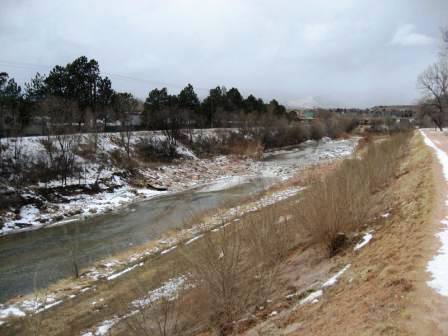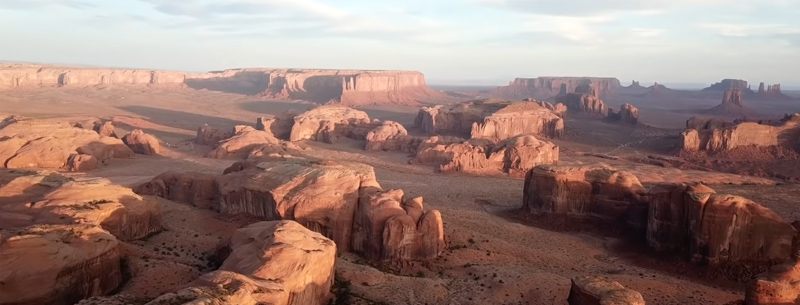General Palmer gave Monument Valley park to the city. When General Palmer (the founder of Colorado Springs) was in the latter stages of his life he made a decision that affected the development of Colorado Springs into the present day. On March 29, 1907, Palmer turned over the deed to Monument Valley park to the city of Colorado Springs. By doing so, General Palmer began the tradition of incorporating parks into the Colorado Springs master plan.
In the same year, Palmer donated Helen Hunt Falls in North Cheyenne Canon and Palmer Park. This tradition continued in 1909 (the year Palmer died) when the heirs of Charles Perkins donated Colorado Springs’s most famous park, Garden of the Gods.
At times, Monument Valley Park has been less popular. In the early ’70s, developers tried to build houses on the north end. However, friends of the parked sued to block the development, and the park was protected for today. Bill Vogrin of the Gazette notes:
“This was supposed to be a city of culture and parks,” [Bill] Bradley said. “It’s a philosophical thing. You can’t put dollars and cents on it. We thought we were an extraordinary city. If we sold off part of our parks, we’d become just an ordinary city.” So the League and SABA sued the city to enforce Palmer’s will. “His deed said if 1 inch of his park is sold, all parkland reverts to his heirs,” Rice-Jones said. “The lawsuit was successful, and the park was protected.” Its popularity rebounded, and it ranks as one of Colorado Springs’ most popular parks.
The park has been described as a series of parks connected by walkways.

Here is an open portion of the park.

While this is a path that goes along Monument Creek. There are also many trees in Monument Valley Park. In fact, the 2-mile long park contains over 2900 trees.

The park is divided into two sections. There is a north side to the park and a south side. The dividing line is Uintah Street. The pictures above come from the north side of the park.
